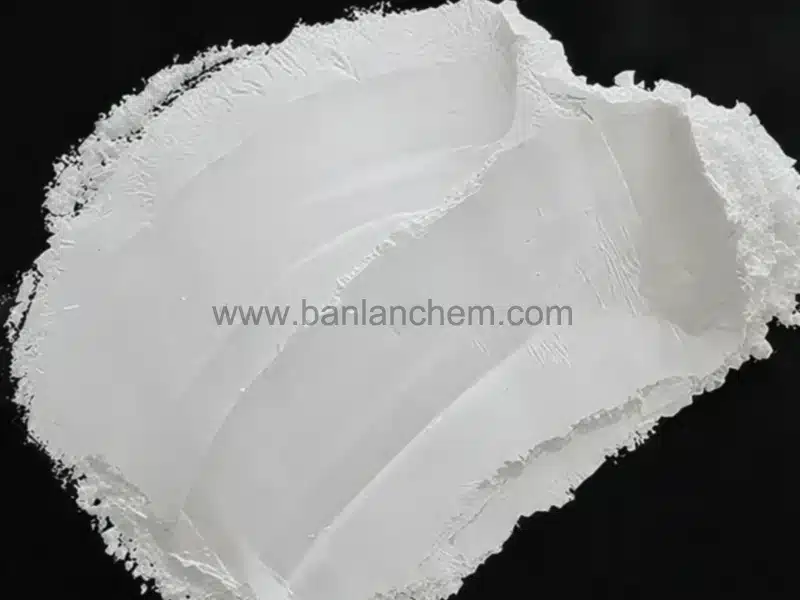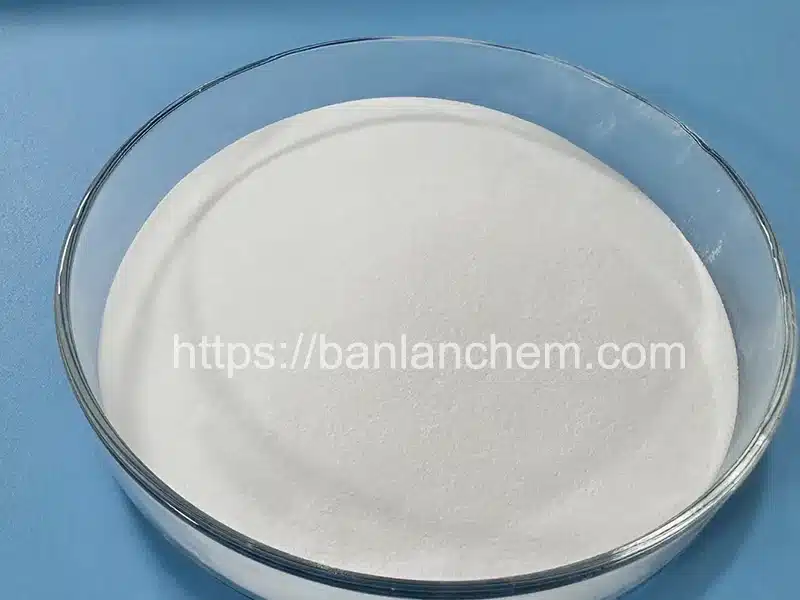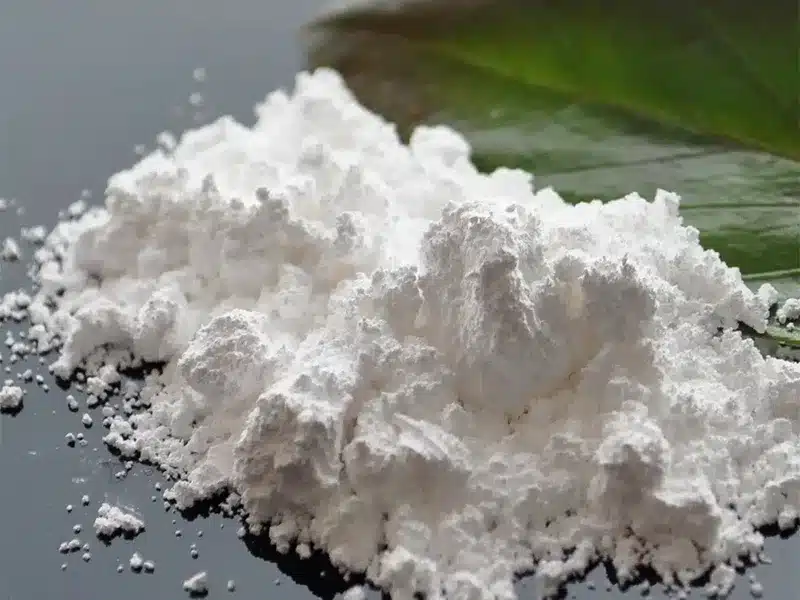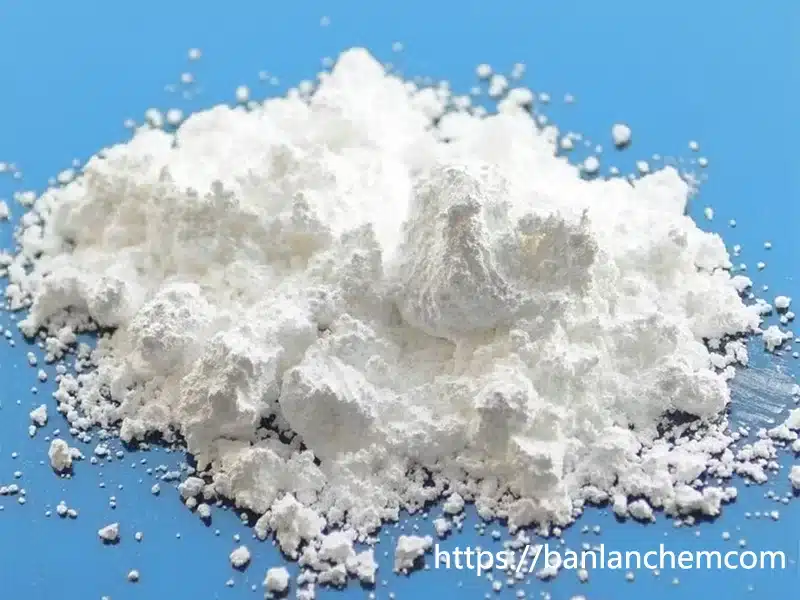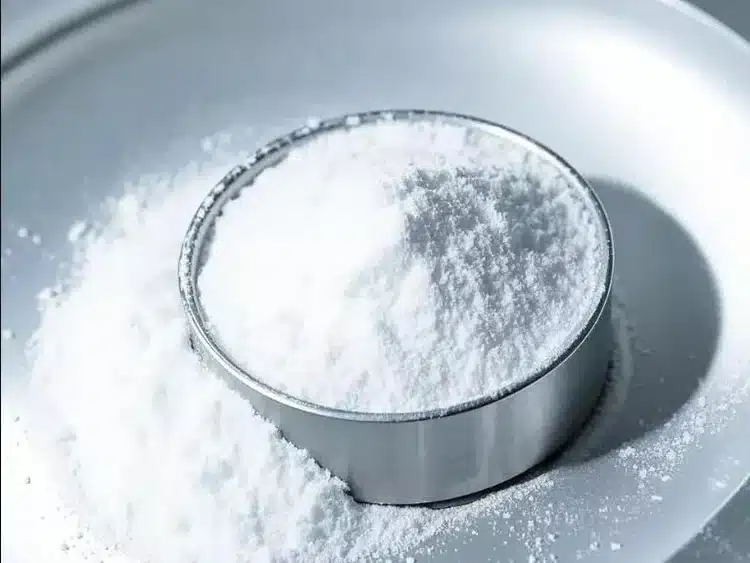Aluminum Oxide (Al₂O₃) Uses Explained: a Wide Range of Applications from Industry to Cosmetics
Aluminum oxide (chemical formula Al₂O₃) is an inorganic compound in the form of a white powder. It is chemically stable and has excellent physical properties, making it useful in many fields. The following is an introduction to its main uses in industry, construction, electronics and cosmetics in easy-to-understand terms.
I. Alumina in industry
1. Catalyst
Alumina is a “gas pedal” for many chemical reactions. For example, in petrochemicals, environmental protection or the production of chemicals, it can efficiently help to make alcohol, synthesize ammonia, or detach hydrogen atoms from a reaction (dehydrogenation). This property makes it a popular catalyst in industry.

2. Refractory materials
Alumina is very resistant to high temperatures and does not react easily with other substances. For this reason, it is used to make refractory materials such as alumina fibers and ceramics. These materials can withstand high temperatures and are commonly used in industrial furnaces, space shuttle parts, and other environments that require heat resistance.
3. Abrasive materials
Alumina is very hard and wear-resistant, making it suitable for sanding tools. For example, the abrasive material in sandpaper and grinding wheels, or the grinding balls used in factories to polish metal and glass, may contain aluminum oxide.
II. Aluminum oxide in construction
1. Building materials
Aluminum oxide can be added to building bricks and tiles. Because it can resist wind, rain and corrosion, it can extend the service life of these materials and make the building more durable.

2. Flame retardant materials
Alumina is not flammable by itself and can slow down the spread of fire. Combining it with building materials can improve the fire resistance of the building, fight for more escape time in case of fire, and protect people's safety.
Third, the electronic field of alumina
1. Electronic components base
Alumina is both insulating (non-conductive) and thermally conductive, very suitable for electronic components as a “base”. For example, semiconductors and some precision electronic components, will use aluminum oxide as a base material.

2. Electrolytic capacitors
Electrolytic capacitors in devices such as cell phones and computers require an electrolyte made of aluminum oxide. It helps the capacitor store and release electrical energy more stably, improving the performance of the device.
IV. Aluminum oxide in cosmetics
1. Filler
Aluminum oxide is often used as a filler in cosmetics such as foundation and loose powder. It can absorb excess oil and water from the skin, making the product texture more delicate and avoiding the greasy feeling.

2. Sunscreen ingredient
Aluminum oxide is common in sunscreens because it absorbs ultraviolet rays. When applied to the skin, it forms a protective film that reduces sunlight damage to the skin.
Safety Precautions
Although aluminum oxide is useful, care should be taken when using it:
It may irritate the eyes, skin, or respiratory tract. Wear protective equipment and keep it ventilated when handling it.
Aluminum oxide may react with strong acids, bases, or fluorides at high temperatures; avoid contact with these substances.
From factory machines to cell phone chips, from skyscrapers to sunscreen, aluminum oxide quietly influences our lives. Learn what it's used for, and maybe the next time you see “Al₂O₃”, you'll understand its value a little better!



